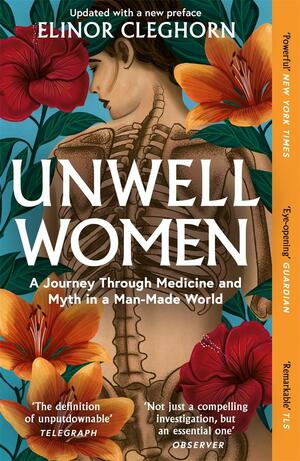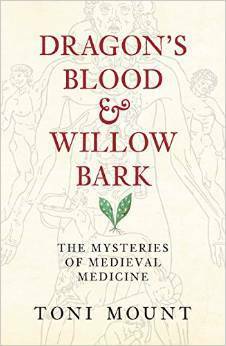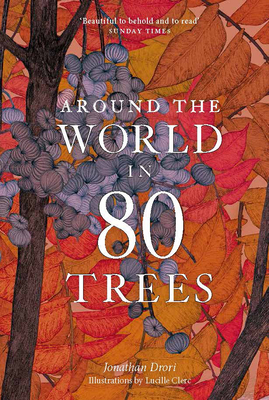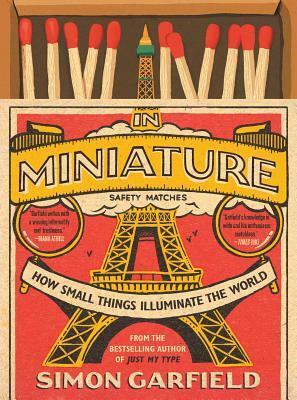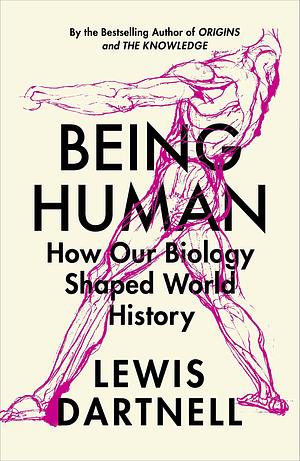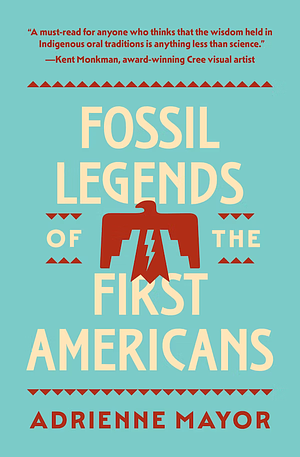
Christmas: A History
by Judith Flanders
Genres: History, Non-fictionPages: 245
Rating:
Synopsis:Christmas has been all things to all people: a religious festival, a family celebration, a time of eating and drinking. Yet the origins of the customs which characterize the festive season are wreathed in myth.
When did turkeys become the plat du jour? Is the commercialization of Christmas a recent phenomenon, or has the emphasis always been on spending? Just who is, or was, Santa Claus? And for how long have we been exchanging presents of underwear and socks?
Food, drink and nostalgia for Christmases past seem to be almost as old as the holiday itself, far more central to the story of Christmas than religious worship. Thirty years after the first recorded Christmas, in the fourth century, the Archbishop of Constantinople was already warning that too many people were spending the day not in worship, but dancing and eating to excess. By 1616, the playwright Ben Jonson was nostalgically recalling the Christmases of yesteryear, confident that they had been better then.
In Christmas: A History, acclaimed social historian and bestselling author Judith Flanders casts a sharp and revealing eye on the myths, legends and history of the season, from the origins of the holiday in the Roman empire to the emergence of Christmas trees in central Europe, to what might just possibly be the first appearance of Santa Claus – in Switzerland! – to draw a picture of the season as it has never been seen before.
I was all set to enjoy some Christmas-themed reading, and quite ready to trust Judith Flanders (having found one of her previous books enjoyable and, where I could verify sources, accurate). The history of Christmas and its ins and outs might not be warm holiday reading for everyone, but I find that sort of thing fascinating.
But… quite early in the book, Flanders refers to a bunch of different traditions all at once: the Klapperbock, Julebukk, Schimmel, Old Hob, and… “Mari Lhoyd”.
Obviously she’s referring to the “Mari Lwyd”, but how she’s fitting it into her picture of a saint or wild man travelling around handing out apples and nuts to children accompanied by a horse or goat, I’m not quite sure. The Mari doesn’t do anything like that, is more likely to take apples and nuts from children, and it feels like an enormous stretch to refer to it as an “incarnation” of that tradition. Maybe an echo of it or of a shared older tradition involving hobby-horses, I don’t know, but you’d have to do some work to convince me that they’re closely linked enough to refer to the Mari as an incarnation of the Klapperbock/Julebukk/etc.
And also, most obviously of all, it’s not spelled like that. So I went looking for her sources. Neither of them spell Mari Lwyd correctly, which is already a bit telling.
In the interests of full disclosure, I did reach out to the author and ask about the sources, as the original site hosting the bibliography and chapter notes disappeared. Her comment was this:
I don’t remember now if I copied it wrong, I just made an error, or it’s a typo that I didn’t spot (I am the proud holder of Olympic Gold in the World’s Worst Proofreader). But it can be corrected, thanks for the pick-up.
So there’s that, for whatever it is worth. And the sources are available, but no longer at the link given in the book. You can find them on the author’s site.
I was so discomforted by the speedily-handled generalisation there that I decided to set the book aside, bolstered by my Flemish wife’s confused reaction to the description of allegedly Flemish customs (also described as being similar to the Klapperbock, the Mari, etc). I was alert to weird generalisations here because I know and care about what a Mari Lwyd is — but can I say the same of the rest of the information? Alas, no, so I don’t know where to apply my pinches of salt, and in that case I’d rather set the book down.
Props to the author though for answering, sending me the link to the bibliography, and letting me know the error can be fixed in future.

